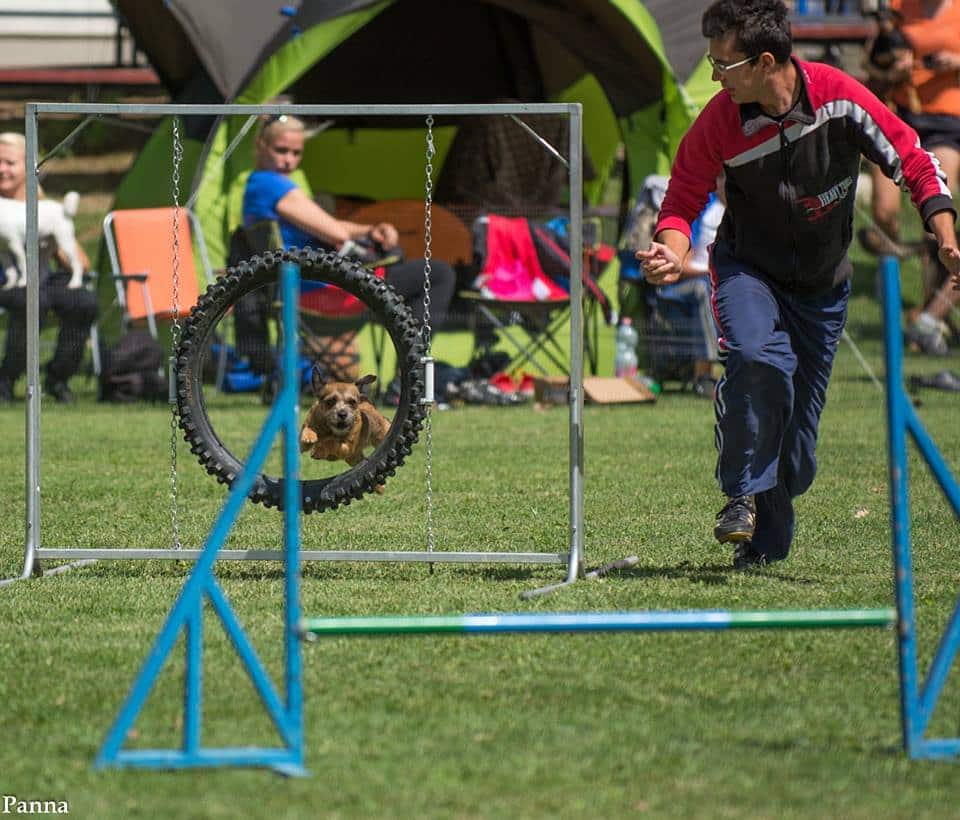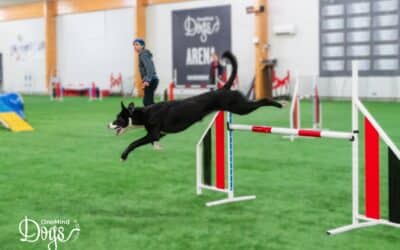OneMind Dogs Assistant Coach Attila Varga often trains and competes with a wide variety of dogs. His handling and training proves that the OneMind Dogs method applies to any kind of dog.
There are always differences between individual dogs, so you may choose different techniques when handling the same sequence with different dogs. Despite that fact, it is still important to teach all of the techniques to each dog, as you never know when they might come in handy! As Attila puts it: “If you are walking a course, you have to know that you can control some factors, but not all. I usually pay more attention to my dog’s abilities rather than their size or breed.”
Watch the video and see how three different size dogs understand the same language!
Attila emphasizes that it is all about the individual dog: “When I get a new dog, the most important thing is to find out as much about him as possible; what is the best reward for him, what does he like and dislike and so forth. I also get to know my dog’s abilities so I can start developing special training programs to improve any weak areas. Most of the skills, such as self-confidence, speed, obstacle focus, commitment etc., can be developed with basic foundation training.”
Learn how to teach your dog these skills and many more in our Foundations for agility program.
Attila says: “When I’m training with my dogs, I usually time all possible combinations for a sequence. That way I get information about which option was the fastest, or had more flow. Then when I walk courses at competitions, I can remember the best lines for each dog and develop the best strategy to solve the sequence as a result.”
Attila lists some of the key factors that he considers when walking a course for different dogs:
- Dog’s stride length.
- Dog’s speed.
- Dog’s turning ability.
- Location of takeoff and landing points.
- Ability to perform obstacles and techniques as a team.
To learn more check out our webinar on 4 steps to choosing the best handling techniques for your team.



